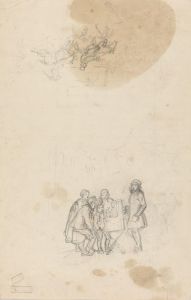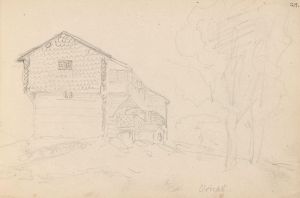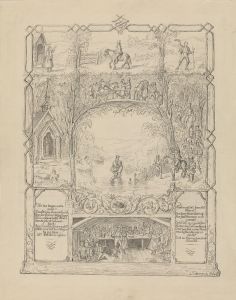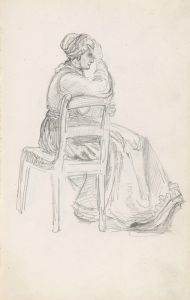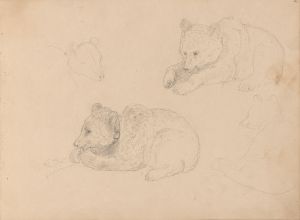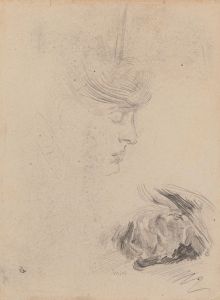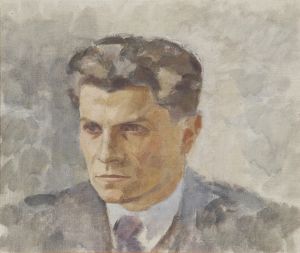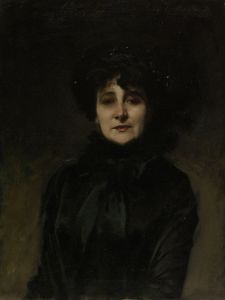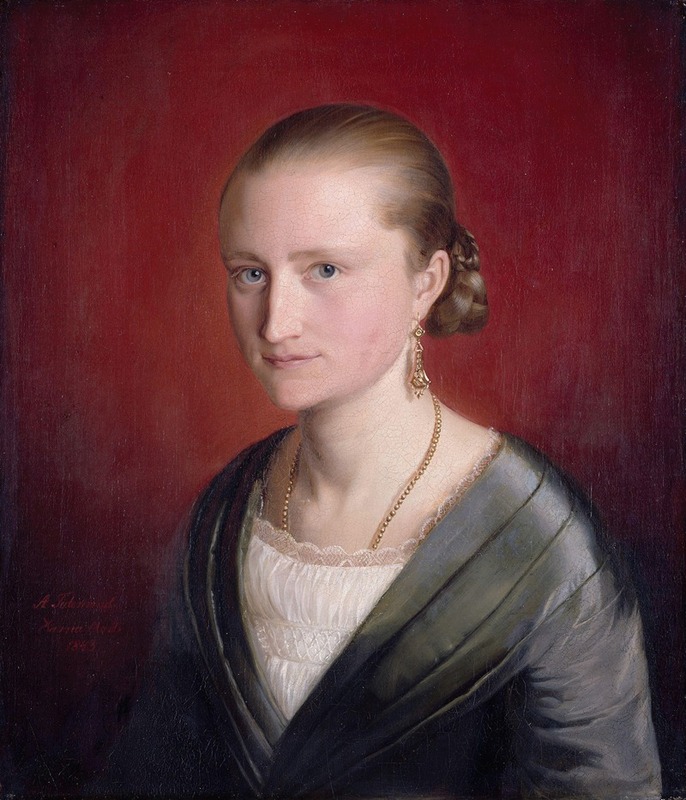
Portrett av Claudine Jaeger
A hand-painted replica of Adolph Tidemand’s masterpiece Portrett av Claudine Jaeger, meticulously crafted by professional artists to capture the true essence of the original. Each piece is created with museum-quality canvas and rare mineral pigments, carefully painted by experienced artists with delicate brushstrokes and rich, layered colors to perfectly recreate the texture of the original artwork. Unlike machine-printed reproductions, this hand-painted version brings the painting to life, infused with the artist’s emotions and skill in every stroke. Whether for personal collection or home decoration, it instantly elevates the artistic atmosphere of any space.
Adolph Tidemand was a prominent Norwegian painter in the 19th century, renowned for his role in the national romantic movement. His works often depicted Norwegian folk life, traditions, and landscapes, capturing the essence of Norwegian culture during a time of burgeoning national identity. Among his numerous portraits, "Portrett av Claudine Jaeger" stands out as a significant piece, though specific details about this particular painting are relatively scarce.
Adolph Tidemand was born on August 14, 1814, in Mandal, Norway. He pursued his artistic education at the Academy of Art in Copenhagen from 1832 to 1837, where he honed his skills in drawing and painting. Later, he continued his studies in Düsseldorf, Germany, which was a major center for art and culture at the time. The Düsseldorf School of Painting, known for its detailed and realistic style, greatly influenced Tidemand's work. He became one of the leading figures of this school, and his paintings often reflected the themes and techniques he absorbed during his time there.
"Portrett av Claudine Jaeger" is one of Tidemand's many portraits, showcasing his ability to capture the character and essence of his subjects. While specific information about Claudine Jaeger and the circumstances surrounding this portrait is limited, Tidemand's portraits typically exhibit a high level of detail and realism, characteristic of his style. His portraits often go beyond mere representation, offering a glimpse into the personality and status of the individuals he painted.
Tidemand's work is characterized by its meticulous attention to detail and the ability to convey the cultural and social context of his subjects. His portraits are not just artistic representations but also historical documents that provide insight into the people and times he depicted. Through his art, Tidemand contributed to the preservation and celebration of Norwegian heritage, making him a pivotal figure in the country's cultural history.
Throughout his career, Tidemand received numerous accolades and recognition for his contributions to art. His works were exhibited widely, and he gained a reputation as one of Norway's foremost painters. His collaboration with Hans Gude on the painting "Bridal Procession on the Hardangerfjord" is particularly famous and exemplifies his skill in combining portraiture with landscape to create a narrative scene.
Adolph Tidemand passed away on August 25, 1876, in Christiania (now Oslo), Norway. His legacy endures through his extensive body of work, which continues to be celebrated for its artistic merit and cultural significance. While "Portrett av Claudine Jaeger" may not be as widely known as some of his other works, it remains an integral part of his oeuvre, reflecting his mastery of portraiture and his dedication to capturing the spirit of his time.
In summary, Adolph Tidemand's "Portrett av Claudine Jaeger" is a testament to his skill as a portrait artist and his contribution to Norwegian art. Although specific details about the painting and its subject are limited, Tidemand's broader body of work provides valuable insight into the cultural and historical context of 19th-century Norway.






